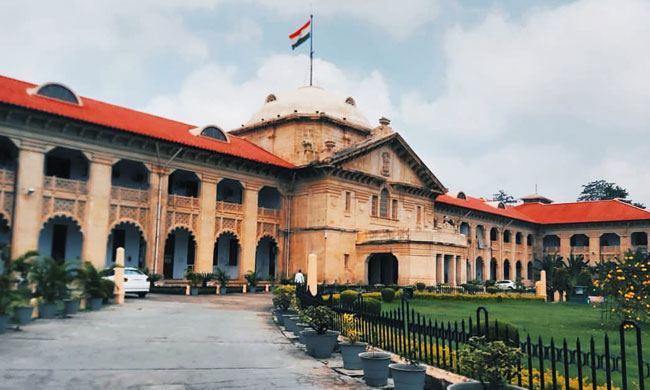

NEW DELHI: On Thursday, the Allahabad High Court allowed an application seeking the appointment for a commission to inspect the mosque complex of the Shahi Idgah Masjid. The mosque was built in Mathura on the orders of Emperor Aurangzeb in the 1670s.
This update puts the issue back on the Sri Krishna Janmabhoomi-Shahi Idgah Masjid dispute. The case revolves around the mosque being built on the land that is adjacent to that of Krishna Janmashtami, the area believed to be Lord Krishan’s birthplace.
The latest application, which was filed under Order 26 Rule 9 CPC, is part of a petition by eight people that seeks the survey of the mosque. The petitions ask the HC to pass an order that would direct the UP Sunni Central Waqf Board and the Shahi Idgha mosque to remove any construction that infringes upon the land.
The petition also further asks the court to hand over the land to the Sri Krishna Janmabhoomi Trust and asks for a restraining order against the Waqf Board and the mosque committee from entering the premises of the 13.37 acres of land at the Katra Keshav Dev City.
Established in 1956, the Sri Krishna Janmasthan Sewa Sangh was founded to oversee the administration of the temple. In a notable development in 1977, the term ‘Sangh’ in the registered society’s name was replaced with ‘Sansthan,’ signalling an evolution in its organisational identity and management structure.
Also Read: Sabarimala temple faces chaos, criticism due to poor crowd management
The Hindu petitioners allege that the mosque was erected on the presumed birthplace of Lord Krishna in Mathura. Presently, it is situated next to the Krishna Janmasthan Temple, a destination frequented by millions of Hindu devotees annually.
The recent ruling in Mathura echoes a situation reminiscent of Varanasi’s Gyanvapi Mosque, constructed alongside a revered Hindu temple. In May of the preceding year, a commission mandated by the local court conducted a videographic survey of the Kashi Vishwanath temple-Gyanvapi mosque.
Amidst the survey, a structure contested by Hindus as a ‘shivling’ and by Muslims as a ‘fountain’ was discovered within the mosque premises.